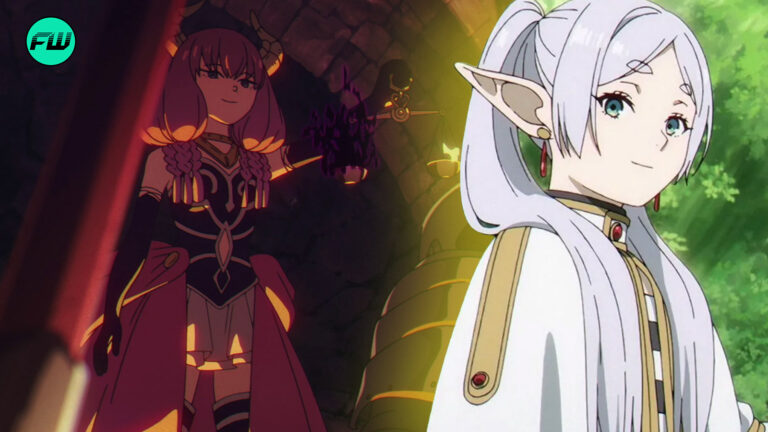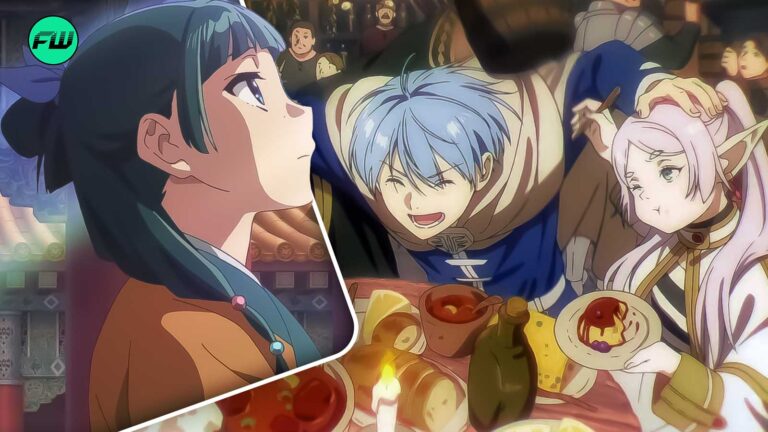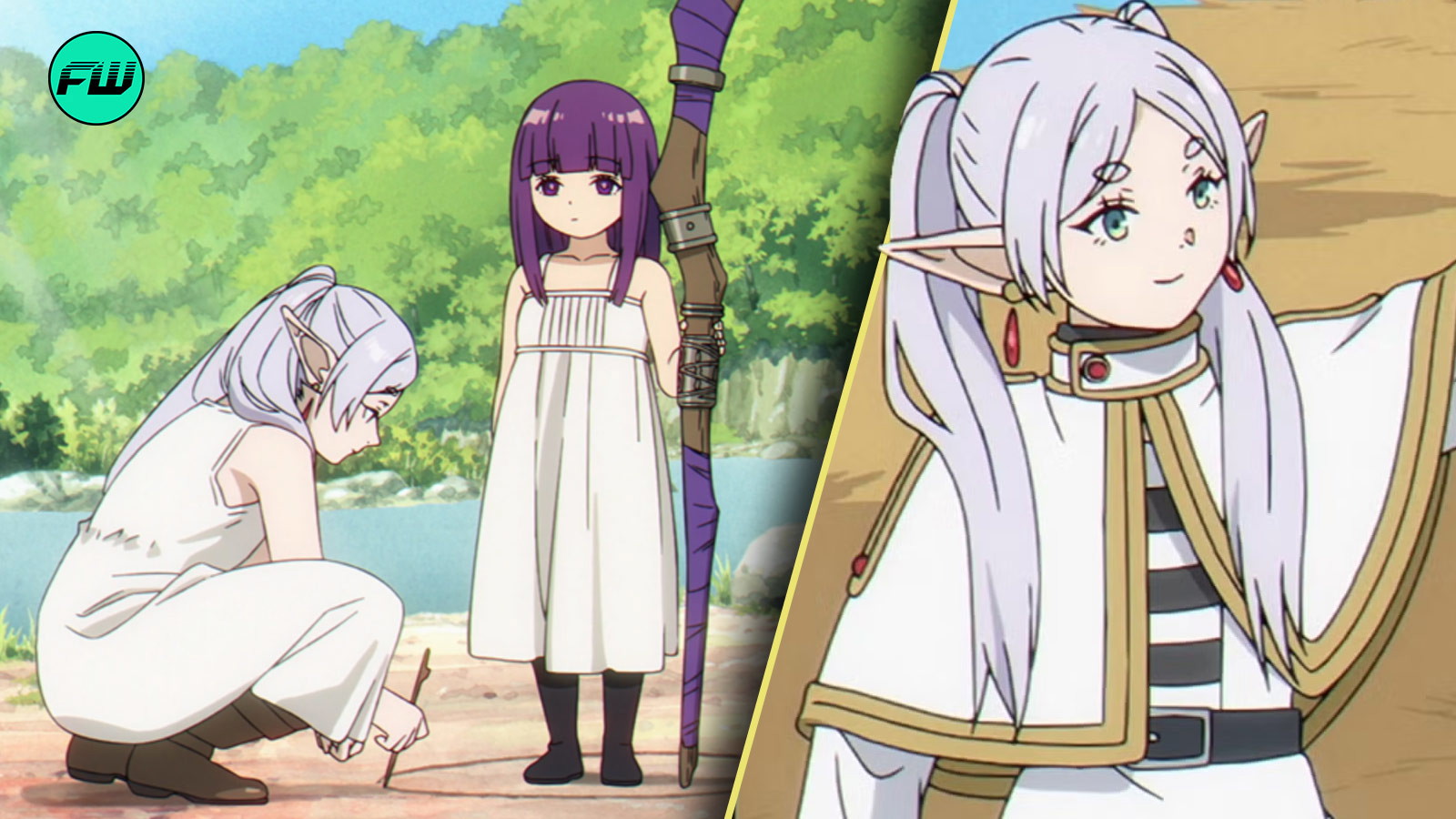
In filmmaking and animation, it is not enough to just animate the still art. There are many visual rules that guide how a story is presented. These are fundamental yet crucial concepts like the rule of thirds, negative space, symmetry, and balance.
All of these are used to create aesthetically pleasing and emotionally effective scenes. The focus of the audience is captured by the way each object and character is positioned.
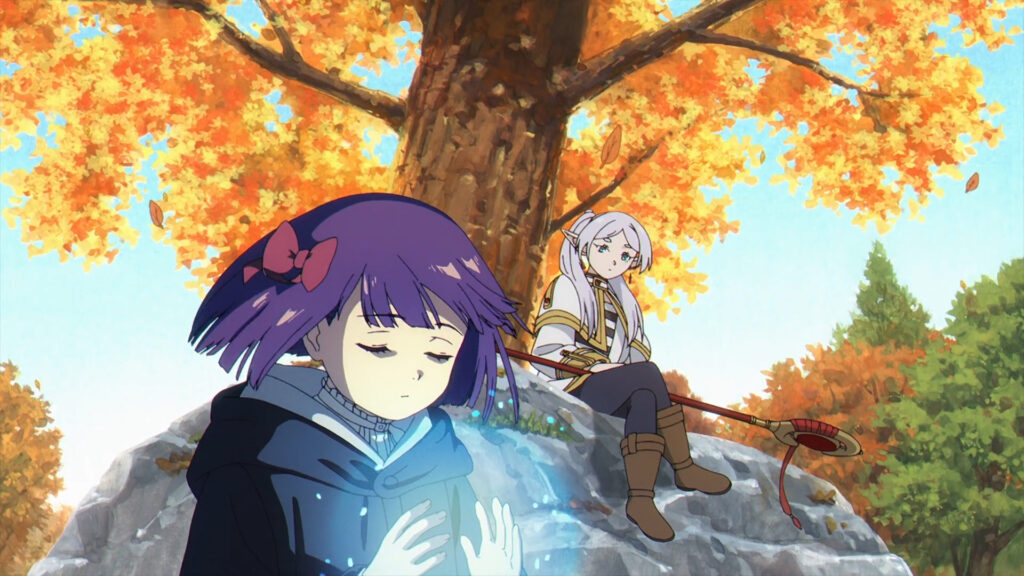
Frieren: Beyond Journey’s End utilizes these principles to a large extent, and so do other well-animated series. These principles often go unnoticed by casual viewers, yet they shape how the fans and viewers respond to the story. But what happens when a series deliberately breaks these rules?
The art of breaking the visual rules on purpose
Frieren: Beyond Journey’s End does exactly that. Being an expert at visual depictions and powerful, emotionally charged storytelling, the story switches from aesthetic and comfort to a deeper, more uncomfortable tone in the visual storytelling.
This is done in order to heighten its emotional storytelling. As highlighted by YouTuber Pey Talks Anime, the series uses many aspects like unconventional framing, negative space, and off-balance compositions to create a powerful and immersive narrative.
Severance, according to Pey, uses this unorthodox framing to make the viewers feel uncomfortable, establishing the intent that needs to be visually depicted in the series.
Every well-crafted shot in Frieren follows a deliberate design. it is made sure that the characters and important objects are in focus, the backgrounds do not affect the characters, and everything is balanced (tall characters and short ones are positioned appropriately.
But the series breaks its own rules to give an additional emotional effect to the story. Many might not notice it, but sometimes, the characters are not at the center of the frame; they are pushed toward the edge. For instance, when she is catching up with Old Man Voll, we can see that Frieren’s nose is cut by the frame.
A story of time, memory, and regret
Old Man Voll, a 300-year-old dwarf warrior dedicated to protecting a small town, met the adventurer party led by Himmel and met Frieren many years back. Being similarly long-lived, Frieren and Voll talk about their memories and regrets.
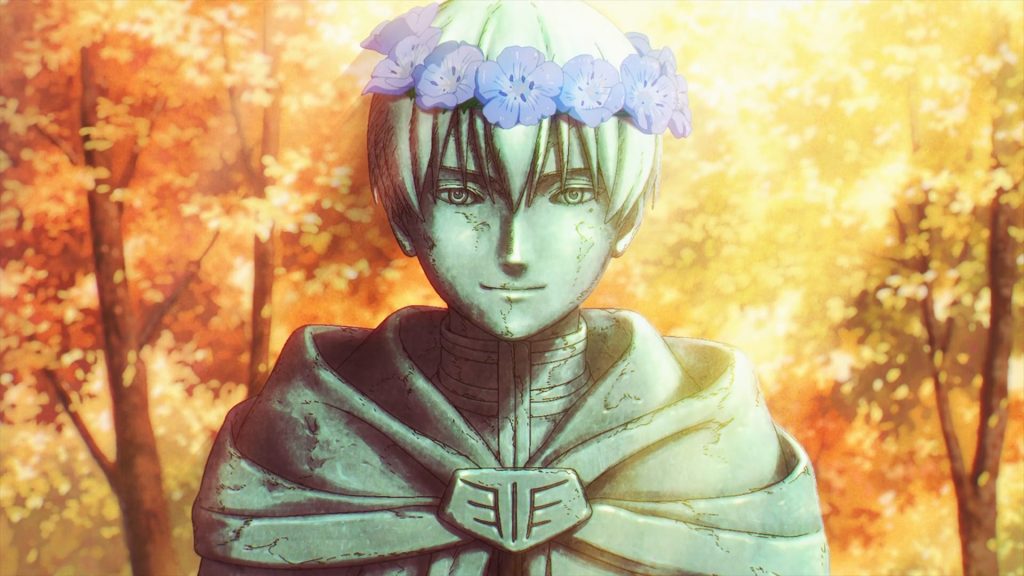
Old Man Voll is reaching the end of his lifespan, and his final conversation with Frieren is framed in an unusual way. We can see that her face is awkwardly positioned with her eye placed too far to the left. Not to mention, we cannot see Voll, whom she is looking at.
This deliberate imbalance conveys a deep emotional shock, not just making it clear to the fans but also unsettling them to deepen the impact of the narrative.
Many anime follow strict cinematic formulas (or fail to) but Frieren dares to break them. Its use of unconventional framing is an example of how well it can deliver the narrative.
Especially since it is such an emotionally charged storyline that deals with aspects such as mortality, time, regret, and loss, its negative space, and silence uniquely affects the audience a lot.
By intentionally disrupting the visual depictions, the series enhances its emotional impact, making its storytelling feel more raw.
Frieren: Beyond Journey’s End is available to watch on Crunchyroll.
This post belongs to FandomWire and first appeared on FandomWire
